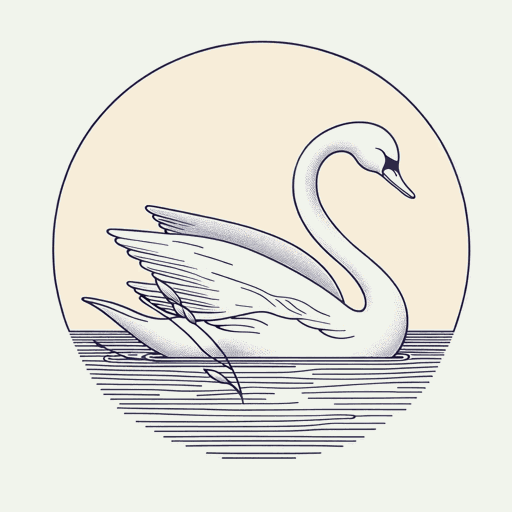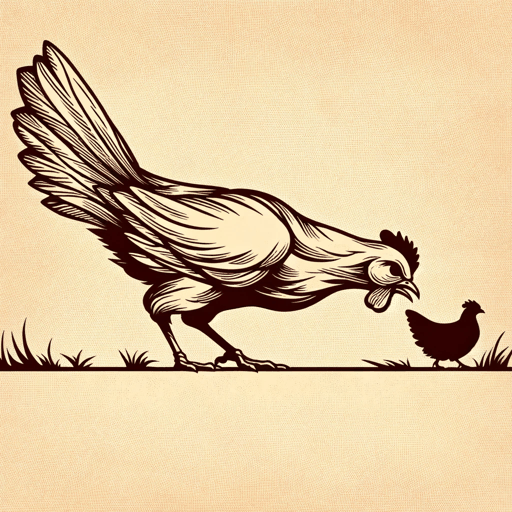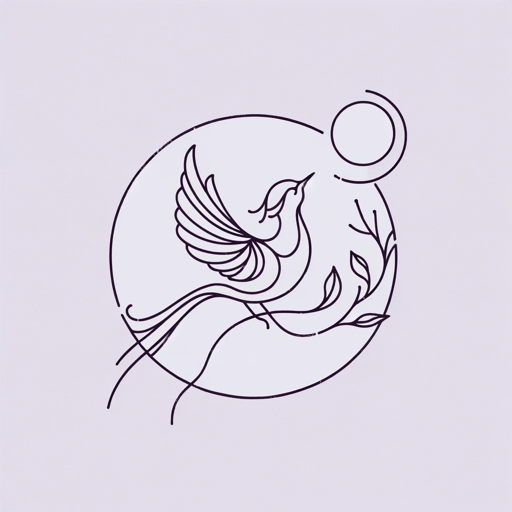35 pages • 1 hour read
Margaret AtwoodSiren Song
Fiction | Poem | Adult | Published in 1974A modern alternative to SparkNotes and CliffsNotes, SuperSummary offers high-quality Study Guides with detailed chapter summaries and analysis of major themes, characters, and more. For select classroom titles, we also provide Teaching Guides with discussion and quiz questions to prompt student engagement.
Literary Devices
Form and Meter
“Siren Song” is written in free verse, which, by most definitions, has no formal meter. Free verse is an interesting choice for a poem about a song, given the absence of meter, and also underscores the theme that the music may not come in a guise too easily recognized.
Nine tercets give the poem form, however, and definite shape. The absence of end-rhyme and the use of everyday language offer a conversational mood. When the speaker begins to address the reader/listener direction in the fourth stanza, the poem becomes quite intimate. The introduction of the “I” and “you” pronouns lure in the reader/listener. Distinctive use of various metrical feet contribute to the ironic tone of the piece. For example, in the fourth stanza, “out of this bird suit” (Line 12) provides four single syllable words, four beats, the last two of which—bird suit—offer side-by-side stressed syllables, a dactylic effect allowing the phrase to be both silly and weighted.
Related Titles
By Margaret Atwood

Alias Grace
Margaret Atwood

Backdrop Addresses Cowboy
Margaret Atwood

Cat's Eye
Margaret Atwood

Death By Landscape
Margaret Atwood

Hag-Seed: William Shakespeare's The Tempest Retold
Margaret Atwood

Happy Endings
Margaret Atwood

Helen of Troy Does Countertop Dancing
Margaret Atwood

Lady Oracle
Margaret Atwood

Life Before Man
Margaret Atwood

MaddAddam
Margaret Atwood

Oryx and Crake
Margaret Atwood

Rape Fantasies
Margaret Atwood

Stone Mattress
Margaret Atwood

Surfacing
Margaret Atwood

The Blind Assassin
Margaret Atwood

The Circle Game
Margaret Atwood

The Edible Woman
Margaret Atwood

The Handmaid's Tale
Margaret Atwood

The Heart Goes Last
Margaret Atwood

The Landlady
Margaret Atwood

